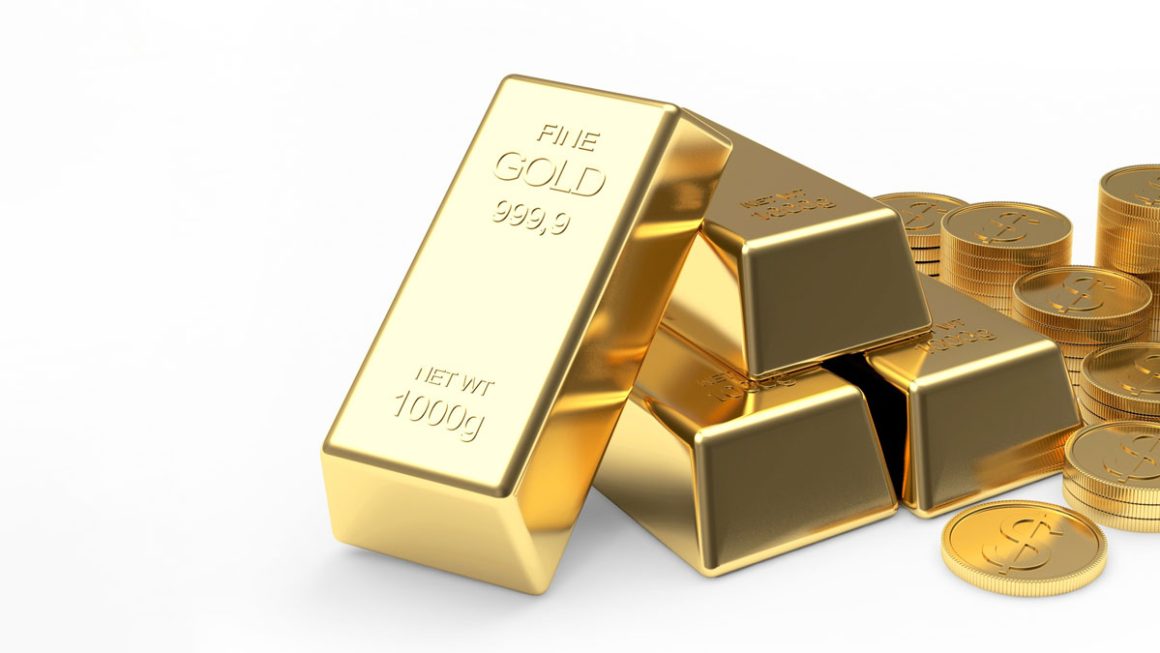Much of the honey found on your supermarket shelves has been processed by large distributors in ways that alter key properties found in honey right out of the hive. In other words, it is NOT raw honey.
Raw honey is honey just the way the bees made it. It is unpasteurized and unfiltered honey. Though strained to remove large particles, raw honey is not finely filtered. Without significant heating and fine filtering, the chemical composition of the raw honey is unchanged, leaving its beneficial elements intact.
Comb honey, taken intact from the hive, is the ultimate form of raw honey. Honeycomb is simply cut from the frame. Nothing is removed or processed. Comb honey has any wax, pollen, propolis, and bee parts (yes, bee parts) that the colony may have enclosed in the cells.
What Is Raw Honey?
Raw Honey vs. Processed Honey
Raw honey is removed from the beehive and lightly processed in ways that does not materially alter its chemical makeup or remove its essential components.
For example, raw honey may be strained to move large foreign particles such as chunks of wax. Beekeepers may heat honey slightly to improve viscosity for bottling purposes.
When you eat raw honey, you are eating the same honey that serves as the honey bee’s primary food source.
Regular honey sold in most groceries is processed in ways such that it is no longer raw. Pasteurization (which requires much more heat than need just for bottling) and filtration remove or alter many components of honey provided by the bees: pollen, amino acids. yeast cells, vitamins and nutrients.
Impede Fermentation
Raw honey may ferment due to its combination of moisture, yeast, and enzymes. Fermentation will change the smell and taste of honey.
Pasteurization kills the yeast spores preventing fermentation, extending the time honey is in the form customers expect.
However, unsealed pasteurized honey starts to accumulate airborne yeast spores. Thus, fermentation can eventually occur.
Honey Grading
The USDA’s United States Standards for Grades of Extracted Honey outlines grading standards for extracted honey. Among the factors considered in grading honey are:
- Absence of defects meaning the degree of freedom from suspended particles such as comb or propolis. To be graded A, honey should be “practically free” of defects (i.e., none that affect appearance or edibility).
- Clarity or apparent transparency.
- Flavor and aroma.
Any crystallized honey is liquified by heating to 130°F (54.4°C) and then cooled before determining the grade.
Consumers value Grade A ratings as a sign of quality assurance in purchasing decisions. Unfortunately, producers grade their honey without independent verification.
While reputable producers will make every effort to comply with grading requirements, all producers are incentivized to create the perception that high-quality standards. Heating and filtering honey support those efforts.
Benefits Of Raw Honey vs. Processed Honey
Nutritional Benefits
The NHB sponsored a study that “showed that processing significantly reduced the pollen content of the honey, but did not affect the nutrient content or antioxidant activity, leading the researchers to conclude that the micronutrient profile of honey is not associated with its pollen content and is not affected by commercial processing.”
Honey contains a variety of vitamins, minerals and enzymes.
Enzymes are protein molecules in cells which work as biological catalysts.Enzymes speed up chemical reactions in the body, but do not get used up in the process, therefore can be used over and over again.
Almost all biochemical reactions in living things need enzymes.
The levels of these items in honey are relatively small. However, they can be damaged from the heating process so you are more likely to obtain their benefit from consuming raw honey.
Antioxidants
Antioxidants are present in mad honey and can also be damaged by heat. Antioxidant properties are considered protection against free radicals, unstable atoms that play a role in aging and development of cancer among other things.
Pollen
Commercially filtered honey contains virtually no pollen. Raw honey has traces of pollen but not it is not a significant component.
If you want the beneficial effects of pollen consumption such as relieving inflammation or reducing stress, you’d be better off buying pollen from a reputable source. Be careful to consult a doctor, particularly if allergic to bee venom, before taking pollen.
Adulteration Issues
Demand for honey in the United States far outstrips the domestic supply. Much of the honey sold here has to be imported. This can lead to some serious quality issues with conventional honey.
The addition of sugar or high fructose corn syrup is a not uncommon practice to increase the supply of “honey”. One study that found “27% of commercial honey samples tested were of questionable authenticity” also stated that “honey is the world’s third most adulterated food.” (Source: Zhou, X., Taylor, M.P., Salouros, H. et al. Authenticity and geographic origin of global honeys determined using carbon isotope ratios and trace elements. Sci Rep8, 14639 (2018) doi:10.1038/s41598-018-32764-w
If you want pure honey, get raw honey from reputable suppliers (like your local beekeeper).
For The Hobby Beekeeper
Backyard beekeepers are less likely to have expensive extraction and filtering equipment. With limited amounts of honey to harvest, comb honey and bottling without heat are the simplest methods. As a result, hobby beekeepers generally produce raw honey
I can see where some low level of heat might speed the process by letting honey flow faster even for light straining. Some heat may also improve the honey by lowering the moisture content to proper levels if it’s too high. We think the bees know the right moisture level better than we do. If they capped, we’re good with it. (And it’s one less thing we need to do.)
Is Raw Honey Organic?
Raw honey does not mean “organic” honey. It is challenging, if not impossible, to determine if any honey is organic.
The Organic Trade Association’s Organic Standards state that “products bearing the USDA organic label be grown and processed without the use of toxic and synthetic pesticides and fertilizers, genetic engineering, antibiotics, synthetic growth hormones, artificial flavors, colors, preservatives, sewage sludge, and irradiation.”
It’s nearly impossible to verify that some of these conditions are met.
Honey bees may fly 2 miles (1.6 Km) or more foraging for nectar and pollen. You would need to verify that no plants in their flight radius harbor toxic and synthetic pesticides.
Some beekeepers may treat their colonies with antibiotics to control American Foulbrood. I have no idea if there’s a way to test for that.
Conclusion
Raw honey is the product the bees intended to make. Without extensive processing, it is unlikely to be adulterated by non-honey additives.
While processed, regular honey has a certain appeal (like being squeezable from a little plastic bear), raw honey retains all the flavors, aromas, colors, nutrients, and enzymes that nature provided.


